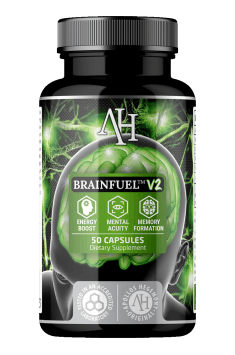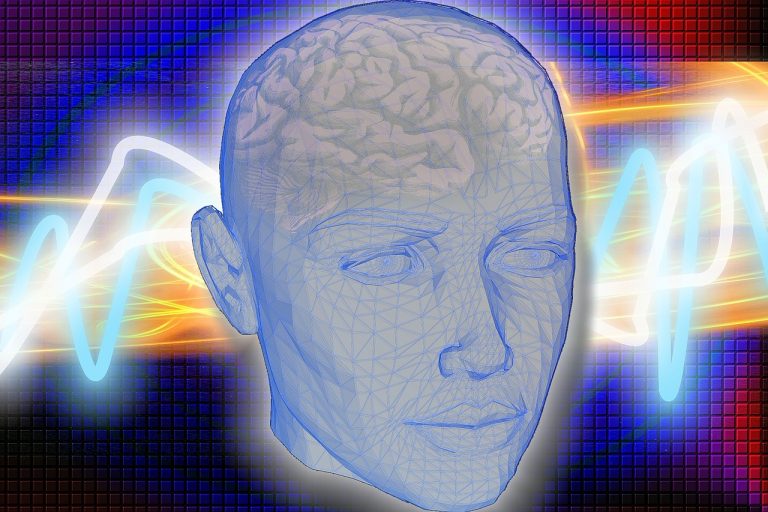Coluracetam is a nootropic used to support memory and learning. It can also help in the treatment of depression, anxiety and also help to improve eyesight. What we know about this product has been gathered thanks to several animal tests and the experience of people who have decided to reach for it. Several studies on humans regarding this drug have never been published. Read on to learn about the potential use and possible side effects.
What are we dealing with?
Coluracetam, also known as BCI-540 or MKC-231, is a nootropic substance from the racetam class (although it is not fully included in them).
Originally it was studied in Japan in the mid-90s for its effects on Alzheimer's disease. These studies have demonstrated the ability of coluracetam to improve memory and learning in mice with damaged nerve cells. However, none of the studies on Alzheimer's disease have ever been published [1].
The second round of research on coluracetam, conducted by Brain Cells Inc., on over 100 people with depression and anxiety, revealed a number of benefits in major depressive disorder (MDD). The results of this study have also never been published.
The mechanism of action
Coluracetam is unique among brain boosters because it improves choline uptake in nerve cells by supporting the choline uptake system (HACU). This choline uptake system increases the amount of acetylcholine in the brain. Coluracetam can restore the choline uptake system to optimal function after damage to the nerve cells! [2].
Coluracetam also protects NMDA receptors against glutamate toxicity. Damage to these receptors is associated with stroke, Alzheimer's disease, traumatic brain injury and other brain diseases [3].
The effects of coluracetam
1) Coluracetam can improve memory and learning ability
Coluracetam improved memory and learning ability in rats receiving a nerve toxin that damages the choline reuptake system in the brain [4].
The level of acetylcholine is often lower in people with Alzheimer's disease. By increasing acetylcholine in the hippocampus, coluracetam may improve some of the symptoms of Alzheimer's disease, such as poor memory and learning disorders [5].
In rats that received a recreational PCP drug (which inhibits ChAT, an enzyme that creates acetylcholine), coluracetam has repaired impairment of the learning function by increasing ChAT [6].
2) Coluracetam can help in the treatment of drug-resistant depression
In a study (DB-RCT) of 101 people with depression who failed treatment with 2 antidepressants, coluracetam had a positive effect on the perceived improvement in the quality of life at 80 mg 3 times a day [7].
Unfortunately, this is the only study on humans using coluracetam.
The ability of coluracetam to reduce glutamate toxicity may be responsible for its positive effects in the treatment of depression [8].
3) Coluracetam can reduce anxiety and anxiety

In a rat study, administration of coluracetam for 21 days led to a 20% reduction in anxiety. The effect was better than the 12% valium effect in a single dose in the same study [9].
4) Coluracetam may support neurogenesis (growth of nerve cells)
Some reports state that coluracetam supports the growth of nerve cells (neurogenesis). The mechanism of action remains unknown, but it is thought to be related to the increase in acetylcholine in the hippocampus area when coluracetam is administered daily for several weeks [10].
5) Coluracetam can help treat schizophrenia
The enzyme that helps in the formation of acetylcholine (CHAT) is not fully active and effective [11].
Coluracetam increased the activity of ChAT in rats with damage to nerve cells. This suggests that it can benefit patients with schizophrenia through the same enzyme. Further research is needed directly for people with schizophrenia [9].
6) Coluracetam can improve your eyesight
In degenerative retinal disease, coluracetam may promote nerve growth. Numerous user reports describe sharpening of the eyesight and better color vision; however, no scientific studies confirm these effects.
Side effects
Users report "brain fog" (siltation), depressed mood, suicidal thoughts and changes in response to coluracetam depending on the amount and quality of sleep.
Unpublished dose studies of up to 240 mg/day did not show serious side effects in humans.
Interaction with drugs
Coluracetam may inhibit or impair the effects of anticholinergics, such as Benadryl, anti-Parkinson drugs, and certain antipsychotics.
Coluracetam may also increase the effect of cholinergic medicines, such as some glaucoma and Alzheimer's.
It may also interact with NMDA receptor drugs such as antitussive agents and anesthetics.
Forms of supplementation
Coluracetam can be taken:
- Orally - with the use of capsule or tablet,
- Sublingually.
Many people who take coluracetam also take choline to enhance the effect of coluracetam and reduce possible side effects.
Dosage
In the studies, doses ranged from 10 mg per day to 80 mg 3 times daily, a total of 240 mg per day, which did not show side effects.
Our experience and those who tested coluracetam in products available in our store.
Despite the fact that there are no specific studies on coluracetam, many people test it on their own.
Here are some of the effects that our readers mention:
- Better image clarity,
- Intense color perception
- Improved mood
- Improved memory
- Reduced anxiety
- Increased concentration
- Increased energy
Side effects include:
- Brain Fog
- Different results depending on the amount of sleep
- Lowering the mood






